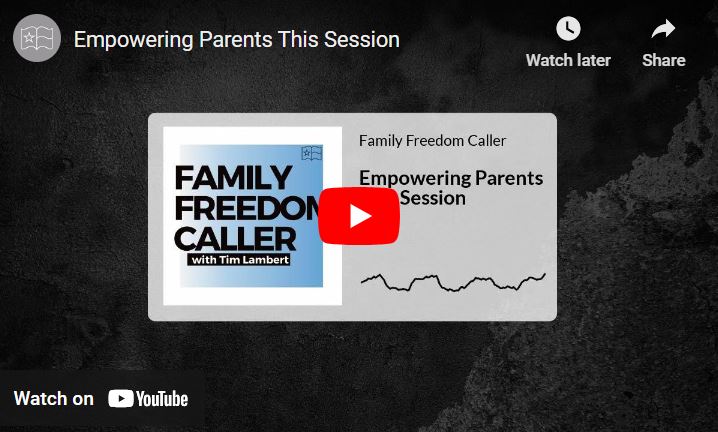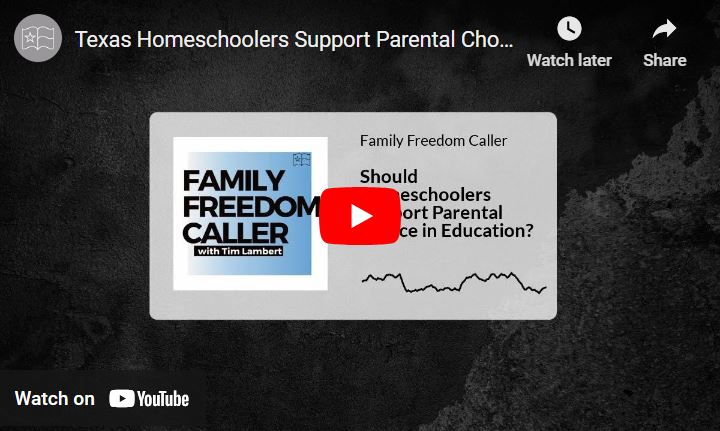When I think of physical fitness, I am drawn to memories of my high school gymnastics team and images of marathon runners and distance swimmers.The truth is that we are all called to be fit and to take care of ourselves physically and mentally.
One challenge you may face as a homeschooling family is the question of teaching physical education, particularly if your students are younger. Should you teach PE like other schools do? If so, how exactly is that done? Rather than feeling drawn to a traditional PE class structure, consider finding fitness in your everyday life and embracing the joy of being healthy as a family.
Homeschool PE Tips
Strength
When they were little, my boys loved to show me their muscles. They would lift things high above their heads or ask me to watch as they threw a ball across the backyard, quickly looking back with a grin for my approval. They wanted, and still want, to be strong.
While young children shouldn’t participate in heavy weight lifting, they can use isometrics to build muscle. Push-ups, sit-ups and core strengthening are all ways to begin building strength. The Inspired Treehouse has a wonderful list of core strengthening exercises for children as well as suggestions for “wiggly students” trying to stay still through a reading lesson.
Endurance
Endurance is something that is a little harder to teach at a young age. As mothers of preschool kids, we sometimes focus on the time at which they will no longer be able to endure … and will just take a nap!
By keeping a log of distance or the amount of time spent walking as well as tracking and increasing things like sit-ups and push-ups, you can help your young student create goals for increasing success each time. Bonus: using regular intervals can also be a lesson in math! It is imperative your students learn at an early age that achieving goals means committing, and they can build endurance and stamina as they work toward the goal.
Balance and Flexibility
Making stretching and balancing fun is a goal of many moms! Just like your brain in the morning, muscles need time to wake up. Stretching prior to extended periods of exercise will decrease your child’s risk of injury and help warm up muscles and joints. Walking on the cracks of a sidewalk, carefully navigating the cement curb or parking lot bump, and following the perimeter of a flower garden are all fun, easy examples of places in which your child can fine tune his or her balance. Verywell, a site devoted to family fitness, has a list of simple stretches any child can do.
Strength in Numbers
One certain way to incorporate regular exercise and build friendships along the way is to schedule time to be active together. By setting a regular day at the park or even time at the local recreation center with friends, you can establish a pattern of seeking health that your children can carry into adulthood. Activities like climbing on the monkey bars, playing basketball, running relays, and playing tag are all games that children enjoy playing naturally. Why not make them count?
Embrace the opportunity to create a lifetime of good habits while doing school. Incorporating physical fitness shouldn’t be a daunting task. Make LIFE your PE curriculum!
THSC exists to support your family as you home school. Have you joined? If not, check out our membership benefits that are Keeping Texas Families Free.
Did you find this article encouraging? If so, share it with friends and sign up for email notifications for more encouraging articles.
When I think of physical fitness, I am drawn to memories of my high school gymnastics team and images of marathon runners and distance swimmers.The truth is that we are all called to be fit and to take care of ourselves physically and mentally.
One challenge you may face as a homeschooling family is the question of teaching physical education, particularly if your students are younger. Should you teach PE like other schools do? If so, how exactly is that done? Rather than feeling drawn to a traditional PE class structure, consider finding fitness in your everyday life and embracing the joy of being healthy as a family.
Homeschool PE Tips
Strength
When they were little, my boys loved to show me their muscles. They would lift things high above their heads or ask me to watch as they threw a ball across the backyard, quickly looking back with a grin for my approval. They wanted, and still want, to be strong.
While young children shouldn’t participate in heavy weight lifting, they can use isometrics to build muscle. Push-ups, sit-ups and core strengthening are all ways to begin building strength. The Inspired Treehouse has a wonderful list of core strengthening exercises for children as well as suggestions for “wiggly students” trying to stay still through a reading lesson.
Endurance
Endurance is something that is a little harder to teach at a young age. As mothers of preschool kids, we sometimes focus on the time at which they will no longer be able to endure … and will just take a nap!
By keeping a log of distance or the amount of time spent walking as well as tracking and increasing things like sit-ups and push-ups, you can help your young student create goals for increasing success each time. Bonus: using regular intervals can also be a lesson in math! It is imperative your students learn at an early age that achieving goals means committing, and they can build endurance and stamina as they work toward the goal.
Balance and Flexibility
Making stretching and balancing fun is a goal of many moms! Just like your brain in the morning, muscles need time to wake up. Stretching prior to extended periods of exercise will decrease your child’s risk of injury and help warm up muscles and joints. Walking on the cracks of a sidewalk, carefully navigating the cement curb or parking lot bump, and following the perimeter of a flower garden are all fun, easy examples of places in which your child can fine tune his or her balance. Verywell, a site devoted to family fitness, has a list of simple stretches any child can do.
Strength in Numbers
One certain way to incorporate regular exercise and build friendships along the way is to schedule time to be active together. By setting a regular day at the park or even time at the local recreation center with friends, you can establish a pattern of seeking health that your children can carry into adulthood. Activities like climbing on the monkey bars, playing basketball, running relays, and playing tag are all games that children enjoy playing naturally. Why not make them count?
Embrace the opportunity to create a lifetime of good habits while doing school. Incorporating physical fitness shouldn’t be a daunting task. Make LIFE your PE curriculum!
THSC exists to support your family as you home school. Have you joined? If not, check out our membership benefits that are Keeping Texas Families Free.
Did you find this article encouraging? If so, share it with friends and sign up for email notifications for more encouraging articles.












